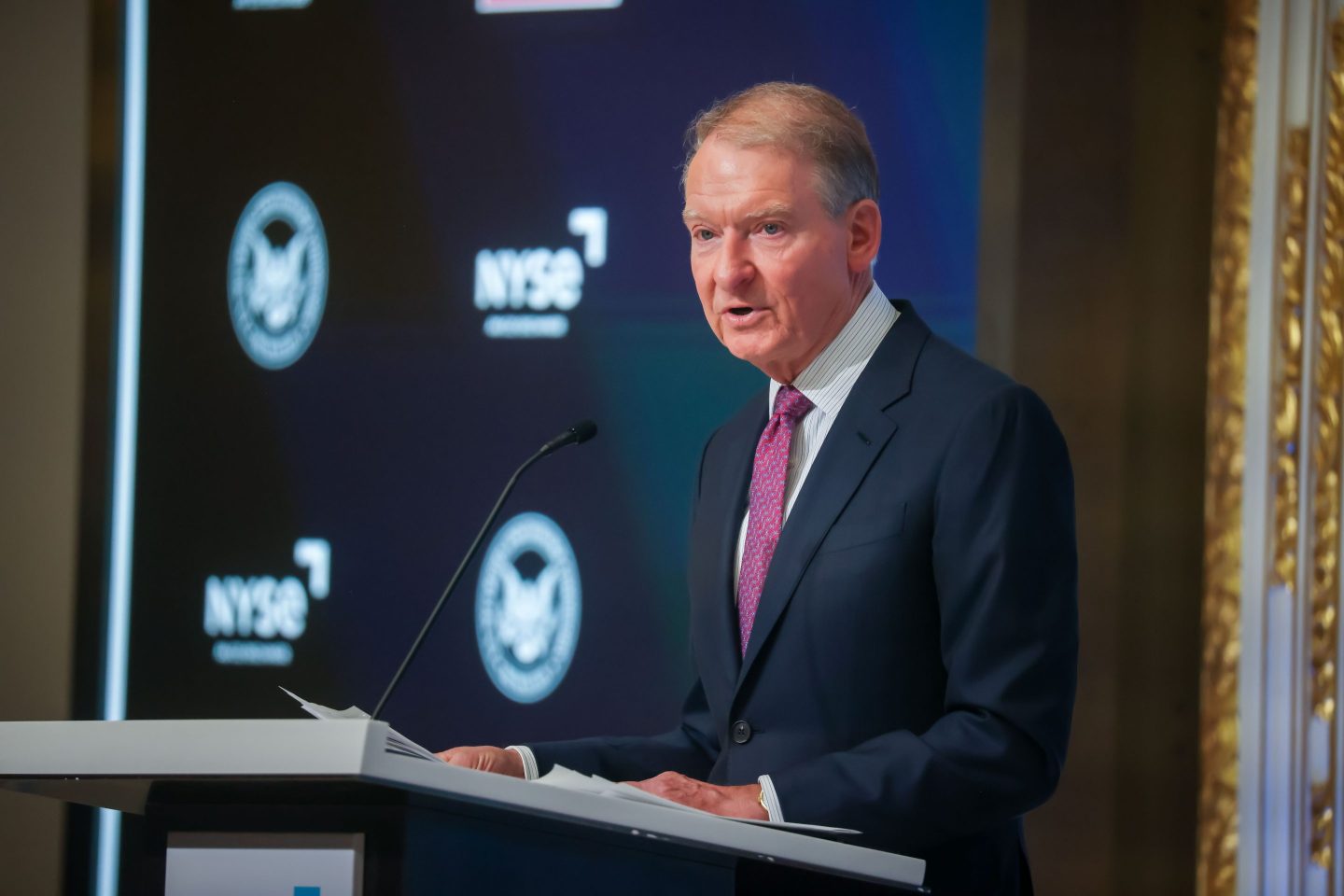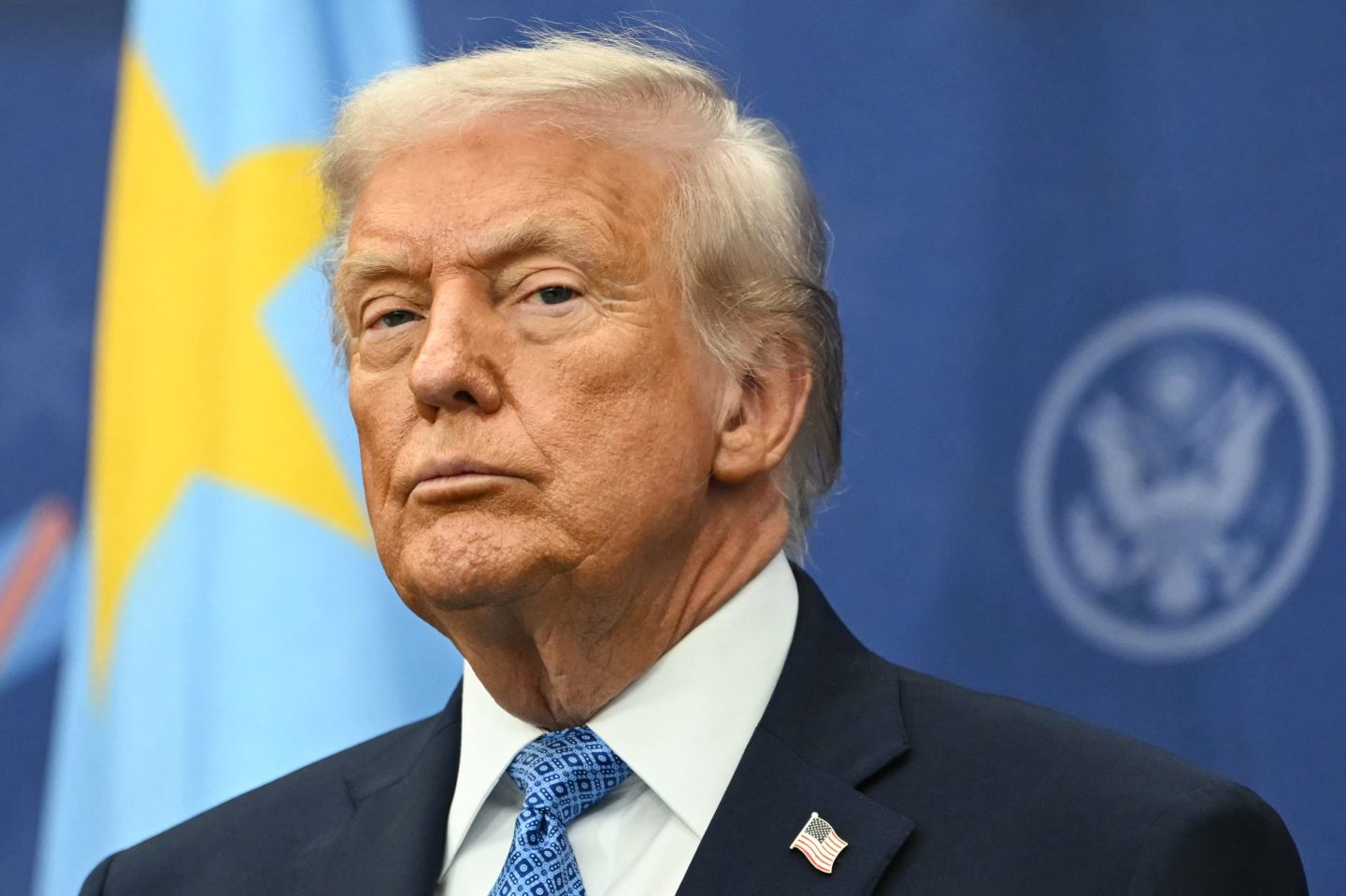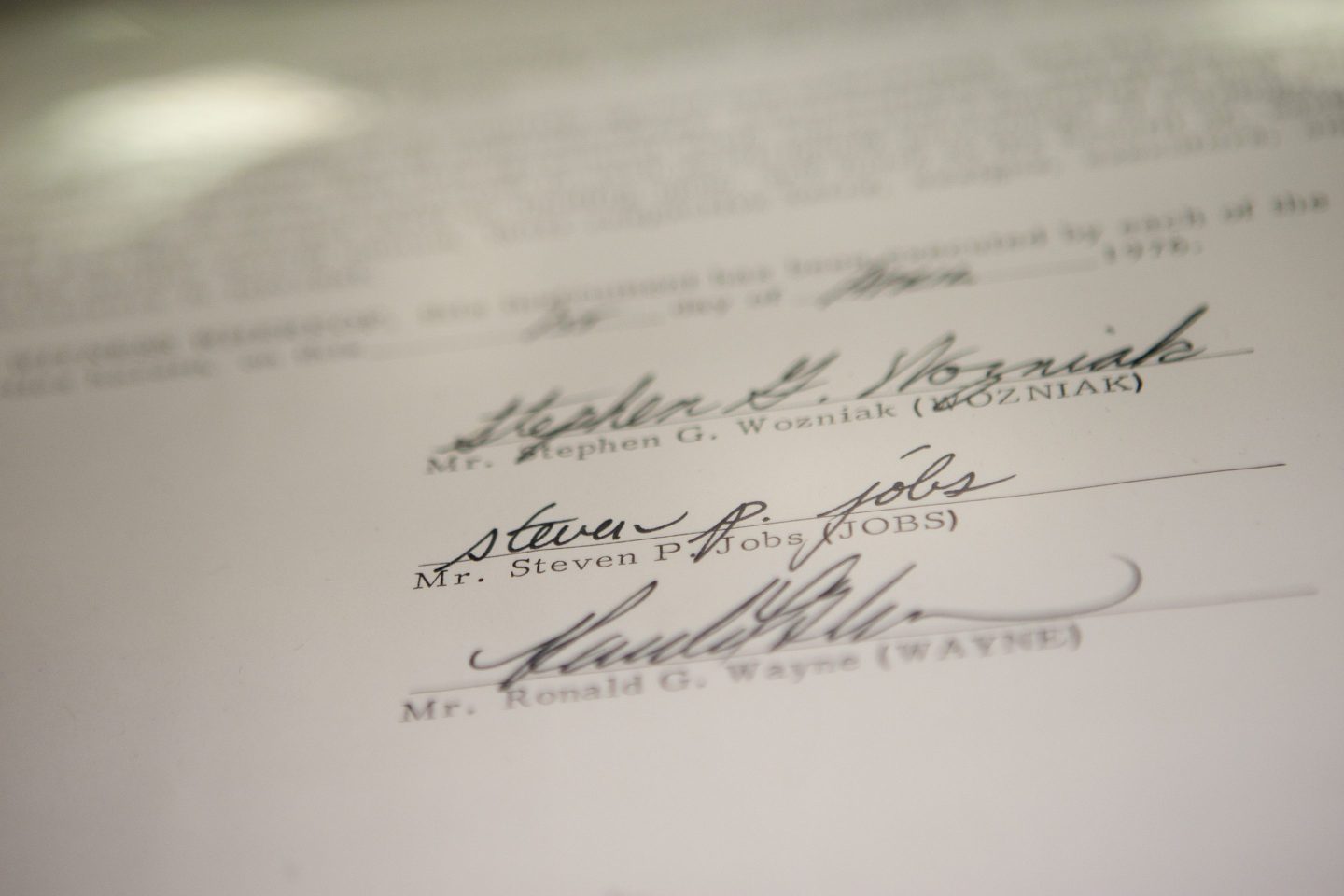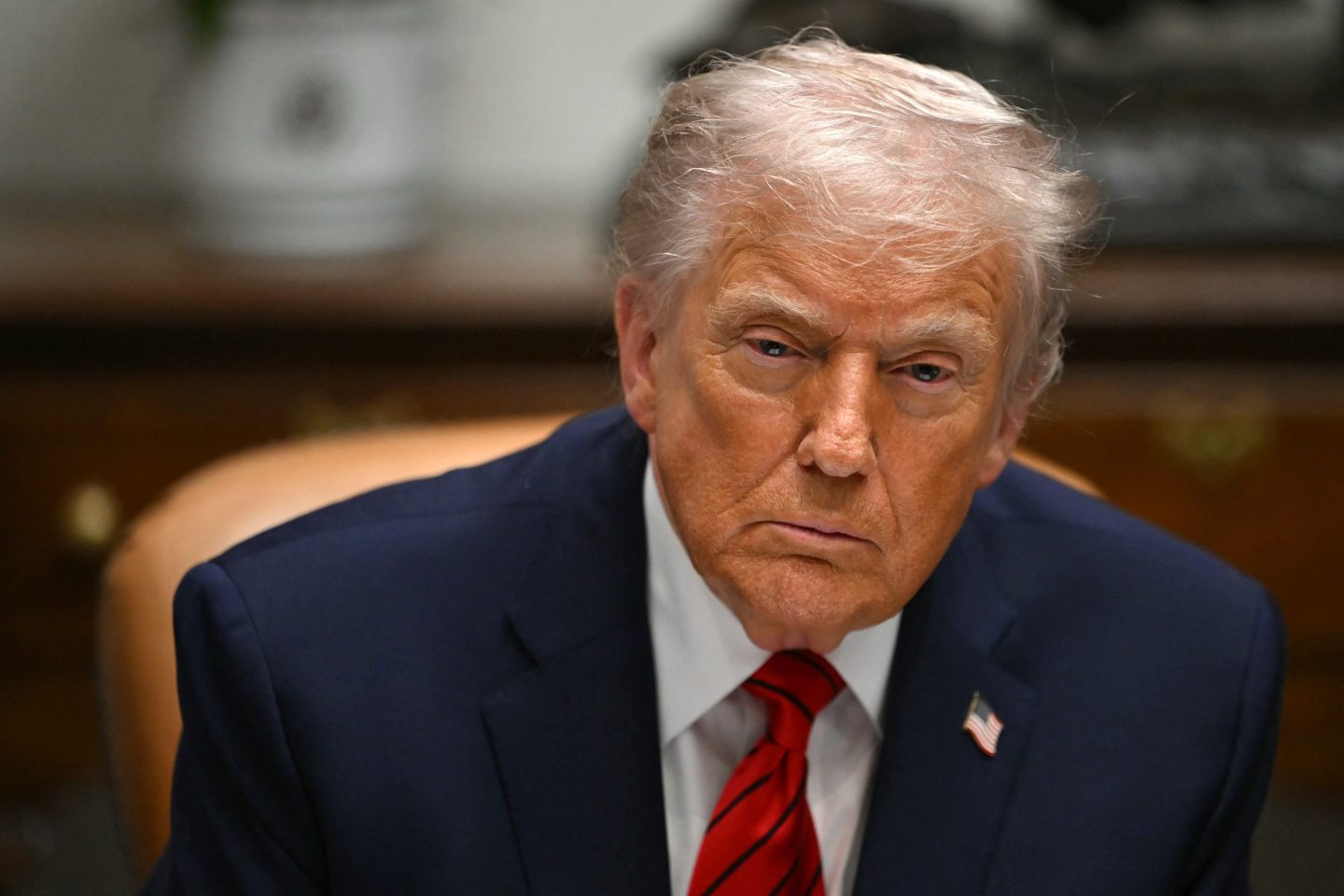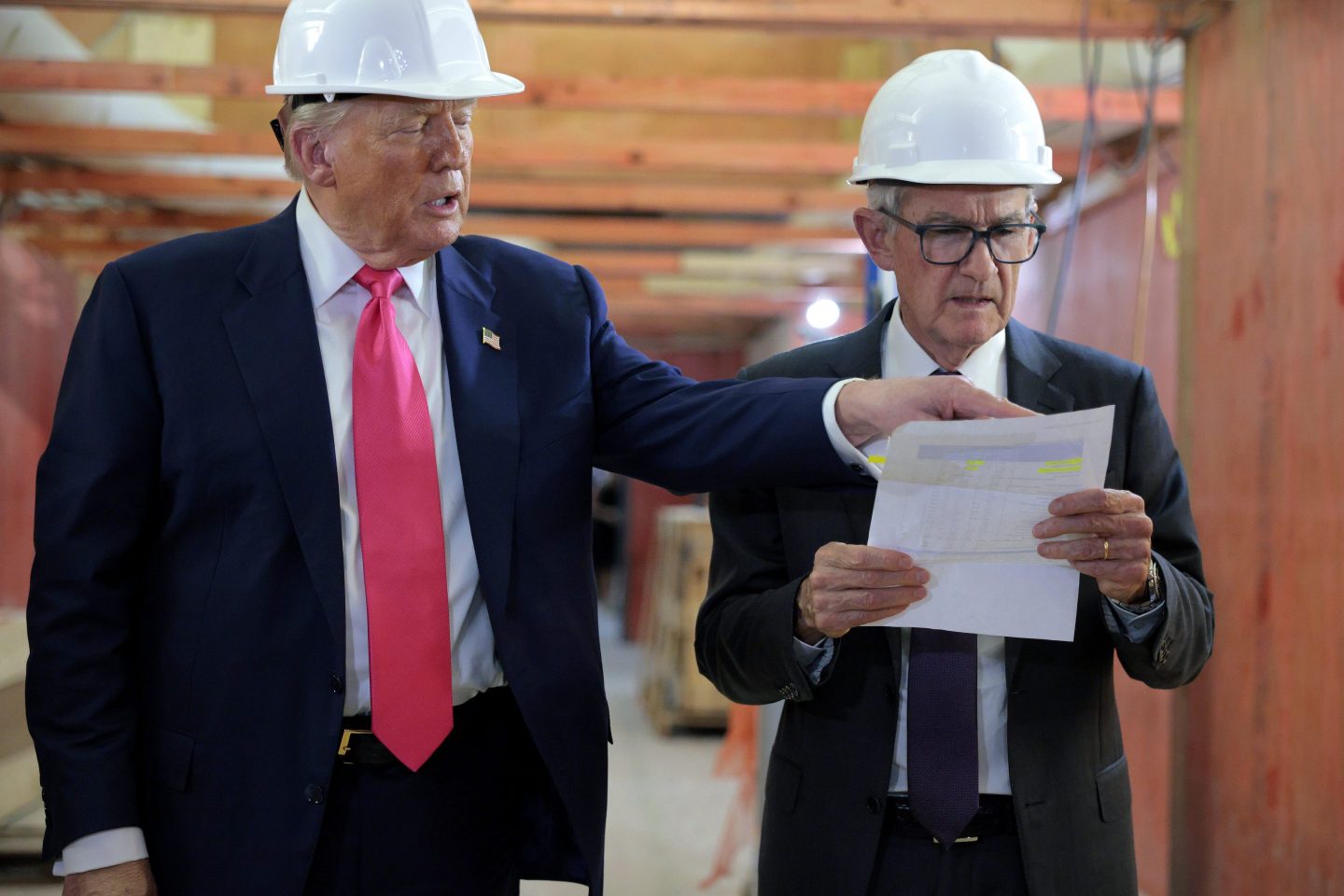Yesterday a Bloombergarticle made the rounds, highlighting how construction at Tesla’s Berlin-Brandenburg Gigafactory has been held up by a lawsuit from environmental NGOs concerned that development of the plant will place an undue burden on the region’s water supply. The lawsuit escalates a matter Tesla CEO Elon Musk laughed off last year.
In August 2021, when a journalist questioned Musk on how the Berlin Gigafactory—Tesla’s fourth manufacturing site—might drain local water resources, Musk dismissed the suggestion with a joke, pointing to nearby trees and saying, “We’re not in a desert.”
Sure, Tesla’s latest plant is in the temperate forests outside Berlin, but the NGOs note that the region has suffered drought for the last three summers and claim there isn’t enough water to satisfy the needs of both the factory and the local wetland. The lawsuit is against local authorities rather than Tesla, but the car maker has lamented the “obstacles in German permitting law” that have hobbled the factory’s development.
The Bloomberg piece piqued my interest because I had never considered what role water plays in auto manufacturing before, let alone thought that water scarcity would be the No. 1 obstacle for building a car plant. In part, that might be because Tesla’s other factories more or less are in deserts, where water should be a greater concern than it is in Germany.
The first was built in the arid lands of California, and a new U.S. site will open in dry Texas next month. Tesla’s Shanghai factory, which is now the company’s leading production site, is not in a desert per se, but the Chinese megacity still suffers from water scarcity.
In 2019, the year Tesla opened its Shanghai Gigafactory, the World Resources Institute graded the city’s water stress levels as “extremely high” with 90% of available water used by industry and close to 20% of total ground water unusable “for any purpose.”
In fairness to Tesla, its factories are generally less water-intensive than most other car companies. According to Bloomberg, Tesla uses roughly 3,000 liters of water for every car it produces, while Volkswagen sucks up 3,700 liters per vehicle and Mercedes-Benz drinks down 4,700 liters per unit.
Car makers spend that water across several areas of auto production—cooling machinery, power-washing equipment, and as a diluting agent in paint spray booths. The last item, industrial paint jobs, are the main drain on water supplies in an auto plant. According to Tesla’s 2020 Impact Report, cooling towers are the second.
“As water that cools machinery evaporates, [the cooling tower] needs to be topped up regularly,” Tesla says, adding that “the total cooling tower makeup could be offset entirely by non-potable sources such as rainwater or wastewater.”
Tesla presented those offset plans to Berlin when it proposed building its factory there in 2019. Tesla predicts its German Gigafactory will be its most water efficient yet, soaking up less than 2,000 liters of water per car manufactured—a lower ratio than BMW. But even that might be too much for the people of Brandenburg, where the water table has been dropping for the past three decades, prompting authorities to ration regional water usage.
“Water is becoming increasingly scarce as the climate changes,” Tesla says in its Impact report. Now Berlin-Brandenburg is having second thoughts on how to distribute that valuable resource.
Eamon Barrett
eamon.bartrett@fortune.com
@eamonbarrett49
CARBON COPY
Ukraine
On Monday, Russia created a pretext for war with Ukraine when President Vladimir Putin “recognized” the independence of two restive region in East Ukraine and promptly sent “peacekeeping” forces across the border into two Ukrainian states. Western countries responded with sanctions against Russia and, to international surprise, Germany announced it would suspend the approval process for Nord Stream 2, a major Russian gas pipeline. Oil and gas prices, which leapt on news of the Russian invasion, could shoot higher still if Russia retaliates. Fortune
Salty rice
How to feed 20% of the world’s population with only 10% of global arable land is an longstanding challenge for China. In the 1970s, that existential dilemma led to the Chinese creation of high yield hybrid “super rice”—a mutant strain of rice created by crossbreeding variants that produce more grain per stalk. China has continued to innovate in mutating rice crops to improve yields, most recently creating so-called sea water rice that can grow in salinized soil along the coast. Seawater rice could feed an additional 80 million people in China, one of its creators says, especially as sea levels rise, salting more land. Bloomberg
It pays to do good
Disney, Apple, Starbucks: U.S. companies are increasingly tying executive bonuses to ESG goals. According to the Institutional Shareholder Services (ISS), a proxy advisory firm, over 20% of Russell 3,000 firms—which is a benchmark of business in the U.S.—have linked executive pay to performance in corporate social responsibility. In 2018, only 7% of the index had CSR standards for pay. FT
The many uses of hemp
On a patch of polluted land in Maine, farmers are growing hemp to leech cancerous “forever chemicals” from the soil. The pilot project could provide a solution for how to remove dangerous toxins called PFAS from contaminated dirt. Ordinarily, PFAS bind to proteins in the soil, and then transmit up the food chain. Removing the toxins is near impossible but hemp, which is a fast growing weed and the non-psychoactive cousin of marijuana, appears to thrive on that industrial run off. Grist
Broken breadbasket
Climate change and a decade of conflict have pulverized grain production in northeast Syria, the country’s breadbasket, and altered the traditional method of bread making. Bakers in the drought-ridden region have begun mixing corn flour with wheat to bolster bread supplies. The drought and disruption have also thinned animal herds, forcing farmers to survive on lower income. According to the U.N., half of the country’s population was left hungry last year due to food shortages. NYT
IN CASE YOU MISSED IT
Why private companies can take the lead in making a positive environmental and social impactby Brian Stafford
Eyeing a merger or acquisition? Keep ESG at the top of your mindby Lindsay Patrick
A diesel engine firm just bet $3.7 billion to survive Tesla’s EV dominanceby Christiaan Hetzner
Wake up and smell the coffee: The agricultural commodity market is brokenby Frank Giustra
The U.S. oil industry is gushing, with record production expected in 2023 as companies try to cash in on high pricesby Jonathan Vanian
CLOSING NUMBER
15,000
Almost 15,000 "ghost flights" carrying zero passengers have departed from the U.K. since the pandemic began, according to data revealed by U.K. Aviation Minister Robert Courts. Airlines dispatch so-called ghost flights to complete normal routes so that the carrier maintains its coveted landing slots at airports. Airlines with better slots are able to schedule flights that arrive during prime times, while the low value slot holders have to fly at ungodly hours. Airports normally strip airlines of their prime slot status if the carrier fails to utilize them, but that process was mostly put on hold in Europe during the pandemic. Now, however, airports are slowly demanding that flights return—and airlines are responding by running empty, polluting ghost flights.
Never miss a story: Follow your favorite topics and authors to get a personalized email with the journalism that matters most to you.

